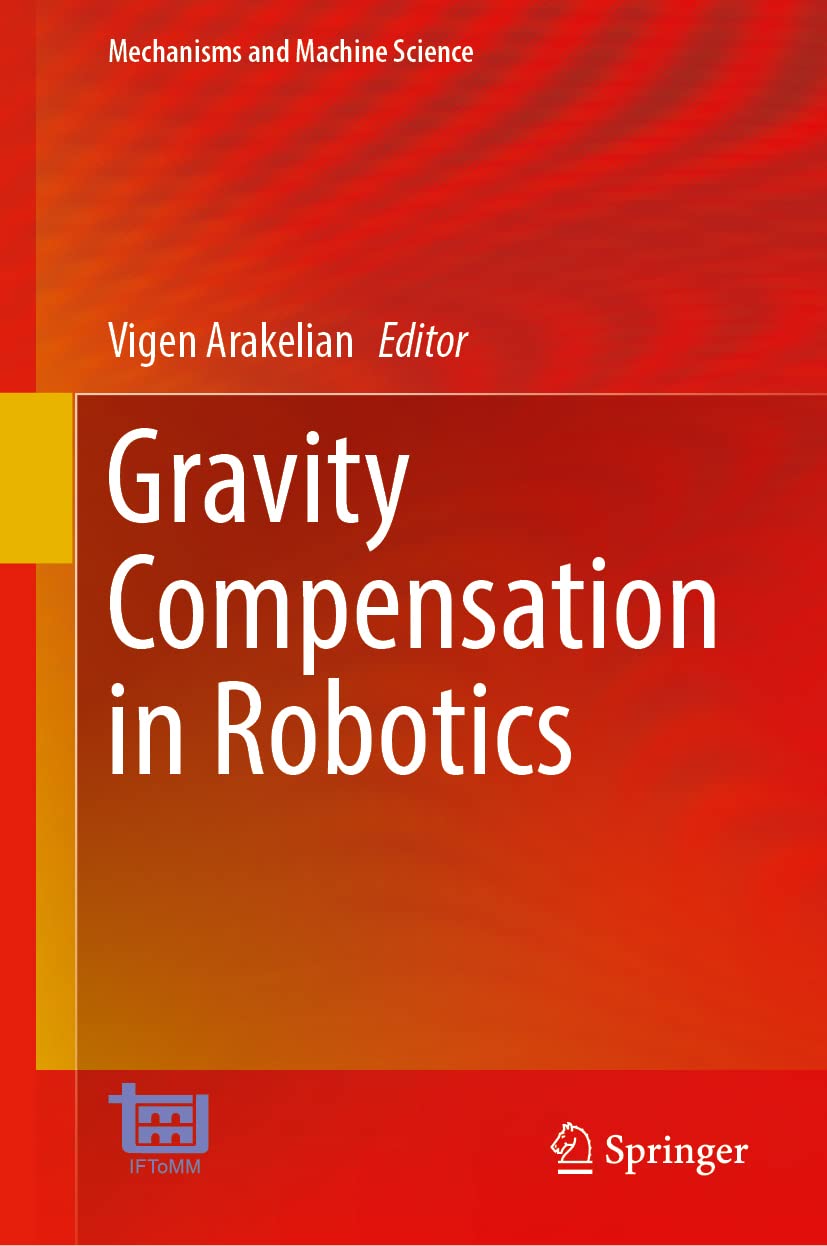

Most ebook files are in PDF format, so you can easily read them using various software such as Foxit Reader or directly on the Google Chrome browser.
Some ebook files are released by publishers in other formats such as .awz, .mobi, .epub, .fb2, etc. You may need to install specific software to read these formats on mobile/PC, such as Calibre.
Please read the tutorial at this link: https://ebookbell.com/faq
We offer FREE conversion to the popular formats you request; however, this may take some time. Therefore, right after payment, please email us, and we will try to provide the service as quickly as possible.
For some exceptional file formats or broken links (if any), please refrain from opening any disputes. Instead, email us first, and we will try to assist within a maximum of 6 hours.
EbookBell Team

4.7
36 reviewsThis book presents new research results in the field of gravity compensation in robotic systems. It explores topics such as gravity compensation of planar articulated robotic manipulators; the stiffness modeling of manipulators with gravity compensators; the multi-degree-of-freedom counter-balancing; the design of actuators with partial gravity compensation; a cable-driven robotic suit with gravity compensation for load carriage; various compensation systems for medical cobots and assistive devices; gravity balancing of parallel robots.
The volume demonstrates that gravity compensation methods continue to develop, and new approaches and solutions are constantly being reported. These solutions apply both to new structural solutions and to their new applications. Cobots, exoskeletons and robotic suits, assistive devices, as well as biomechanical systems are among the most promising applications and most pressing areas for further innovation.